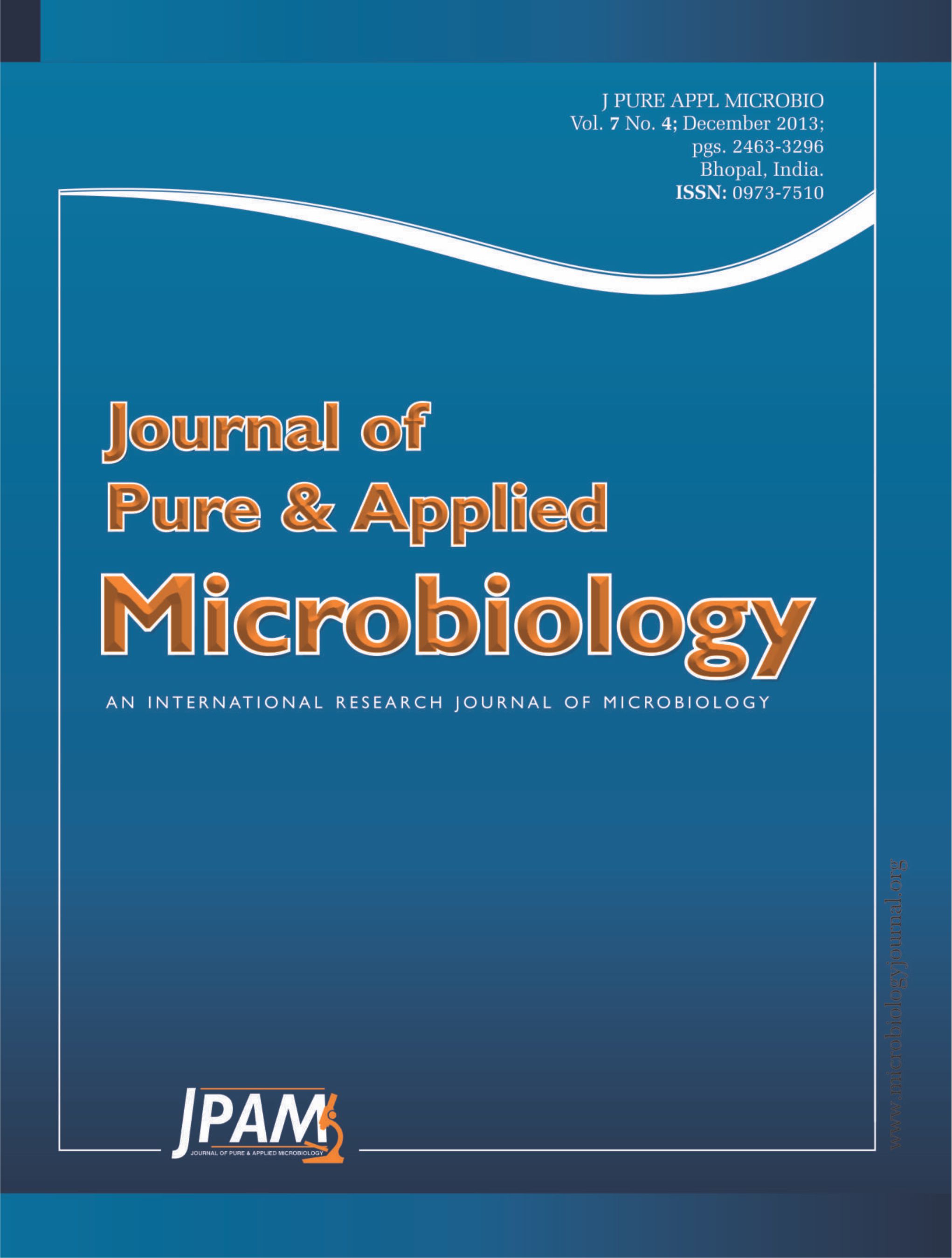The fatty acid contents of five wild edible mushroom species (Amanita ceciliae, Armillaria mellea, Cantharellus cibarius, Chlorophyllum rhacodes and Rhizopogon roseolus) collected from different regions from Anatolia were determined. The fatty acids were identified and quantified by gas chromatography and studied using fruit bodies. Fatty acid composition varied among species. The dominant fatty acid in fruit bodies of all mushrooms was cis-linoleic acid (18:2). Percentage of cis-linoleic acid in species varied from 31.81 % to 57.70 %. The other major fatty acids were, respectively, cis-oleic, palmitic and stearic acids. Fatty acids analysis of the mushrooms showed that the unsaturated fatty acids were at higher concentrations than saturated fatty acids.
Anatolia, Fatty acid, Wild edible mushroom
© The Author(s) 2013. Open Access. This article is distributed under the terms of the Creative Commons Attribution 4.0 International License which permits unrestricted use, sharing, distribution, and reproduction in any medium, provided you give appropriate credit to the original author(s) and the source, provide a link to the Creative Commons license, and indicate if changes were made.


